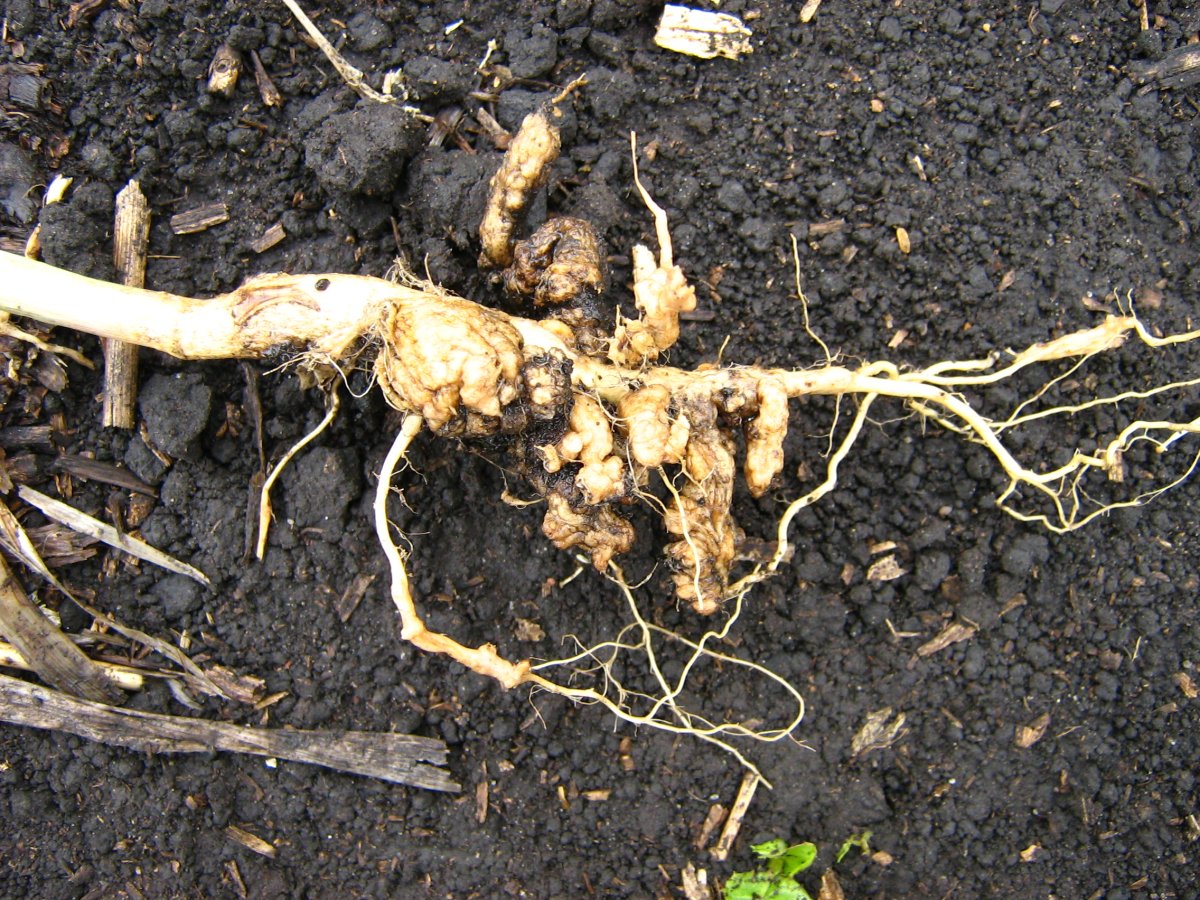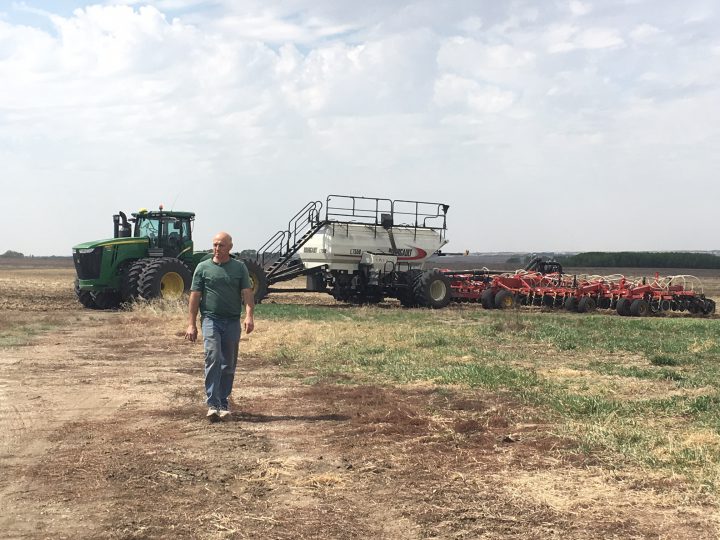With the 2018 growing season underway, the threat of clubroot is greater in Saskatchewan this year than ever before.

In 2017, clubroot was detected in 10 fields in the 9a and 9b crop districts.
Clint Jurke with the Canola Council of Canada suspects it’s more prevalent than the number of confirmed cases would imply.
“It’s almost certain that we are going to find it in more fields once we start looking more closely,” said Jurke, who describes the soil pathogen to spread in a wave that progresses 20 – 30 kilometres each year.
The disease which causes swelling or galls on roots, ultimately killing the plant, was first identified in Alberta in 2003. By 2008, one Saskatchewan field tested positive.
The government of Saskatchewan has committed to surveying one canola field in every township in the province in 2018. With a clearer picture of where the pathogen exists, the focus can shift to prevention.
“The pathogen itself can survive in the soil for up to 20 years. Once the pathogen is present, getting rid of the pathogen isn’t really possible,” according to Barb Ziesman, a provincial crop specialist.
Jurke has been assigned to prevention education in the Saskatchewan crop districts confirmed to have clubroot. Along with using disease resistant varieties, cleaning large amounts of soil off equipment between fields, and extending your canola crop rotation, Jurke suggests producers survey their own land.
“Start pulling up plants at the end of the season, looking for clubs on it. the highest risk area for the introduction of the disease is at the field entrance point,” said Jurke.
For Keith Fournier, in the heart of the clubroot zone, cleaning his equipment is his main line of defense.
“It’s quite concerning just knowing how devastating the disease can be,” said Fournier.
With 4,000 acres, 35 per cent of which is seeded into canola, the threat for Fournier is too great to risk.
“It’s the crop that gives us the best profits on our farm.”
Prevention is key.
“We have seen quite a few situations where the producer will have extremely high levels of disease in Alberta and did not know that the disease was there,” explained Jurke. “It starts building up really quickly.”
As Saskatchewan’s and Canada’s top cash crop with a value of $27 billion in 2016, canola needs to be protected.
“We do ask that producers aim for a minimum of a three year rotation,” said Ziesman. “By having that extended rotation it’s going to mean that it’s going to take longer for that pathogen population to build up to levels that are going to cause yield loss.”
Statistics Canada estimates 11.4 million acres of canola will be seeded in Saskatchewan this growing season and producers are hoping to take it all off the land in the fall.
Meanwhile, scientists are in a race against the clock to protect the valuable crop, using the Canadian Light Source to learn about genetic resistance to the disease.
Gary Peng, the lead researcher, believes clubroot will lose the battle in the end but admits it’s a long term battle.
“When producers have a resistant variety, it doesn’t mean they’re immune. You need to use those varieties carefully by still doing to crop rotation.”
According to Peng, lines of seed found to have resistance to the disease were expected to maintain resistance for five to seven years but were found to have clubroot within three to four years instead.
“We use the analogy of influenza. the pathogen changes over time and this is the same thing so that’s why the resistance work is continuous.”
For the past decade, 25 researchers at the University of Saskatchewan have been working tirelessly to get ahead of the disease, so far developing 10 lines of resistant seed.












Comments